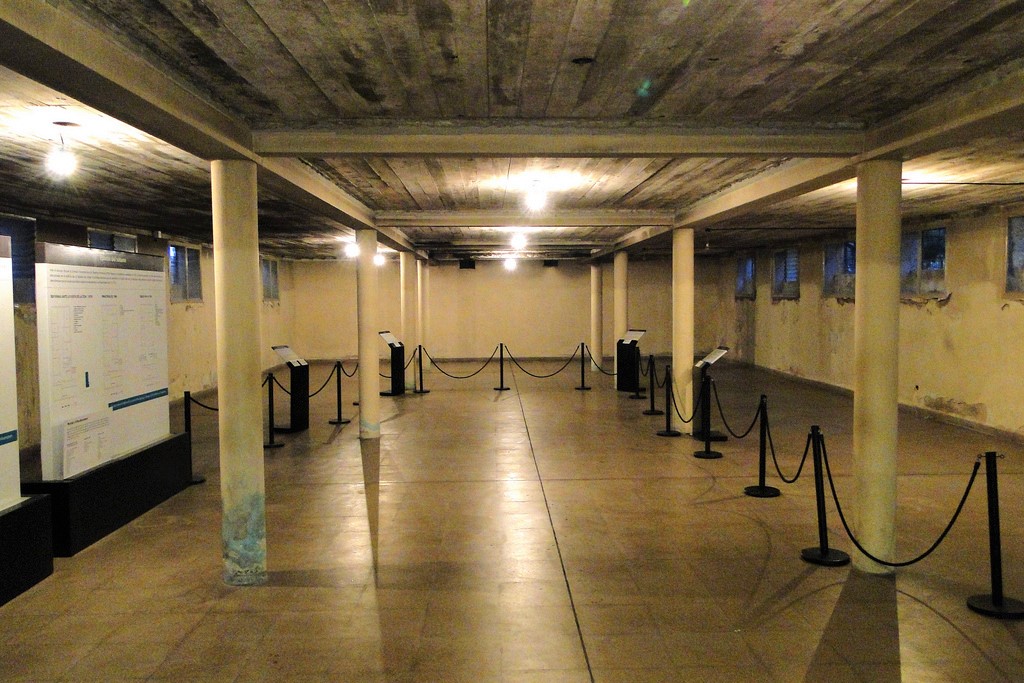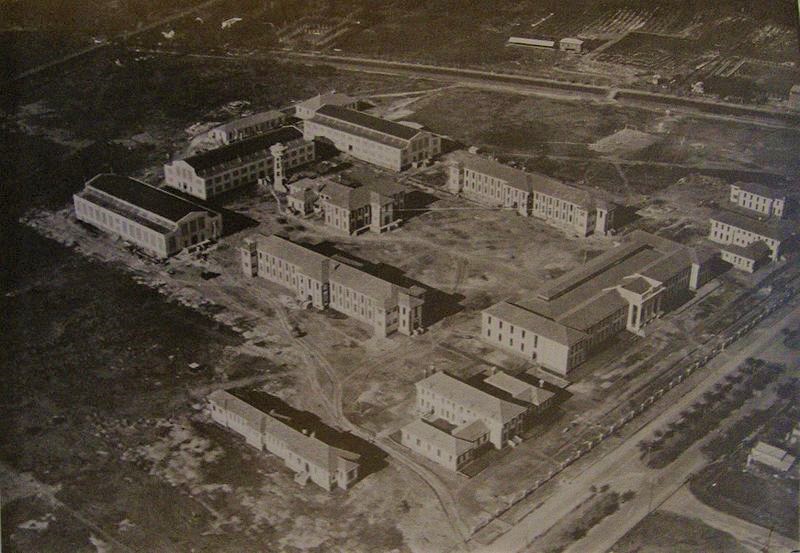Between 1976 and 1983, Argentina was at war. The Dirty War, as it became known, was not with a foreign power, but waged against its own population.
The army seized power in a bloodless coup in 1976 and President Army Lieutenant, General Videla was hastily sworn in. Within weeks of taking office, Videla made crushing the left-wing protest movement his sole priority. Dubbed the “Process of National Reorganisation”, the Argentine military began abducting, torturing, and eliminating, anyone it suspected of involvement in left-wing organisations.
More than 400 torture camps sprang up across the country. These clandestine locations processed and held over 30,000 prisoners during the course of the dictatorship, many of which died in custody.
One former torture camp has become a living memorial to the plight of the 30,000 who suffered at the hands of the junta. The Navy Mechanical School (ESMA) was one of the most prolific torture centres in Buenos Aires.
Situated on the northern edge of the city, an estimated 5,000 prisoners passed through the cells at ESMA, only 150 of which survived the ordeal. Unspeakable tortures were inflicted on most of the victims that spent time in the facility.
Mothers were blindfolded during childbirth, to prevent them from ever laying eyes on their children, who were quickly taken and placed with military families. Routine “flights of death” loaded prisoners from ESMA onto light aircraft. Pilots flew the planes over the Atlantic Ocean when the prisoners were unceremoniously thrown into the sea, still alive.
Meriam Lewin, one of the 150 survivors, recounted her experiences of ESMA. She remembers being forced to work for the junta, translating articles into Spanish from English and French newspapers, while young men and women were being tortured with cattle prods and electric shocks in the next room.
Prisoners were kept in a holding cell on the third floor known as capucha, hood. There, they were chained to the floors, hooded, in small cells flanked by wooden partitions. Some, like Meriam, were taken to the basement and put to work. Other, less fortunate prisoners were also transferred to the basement, but instead of working, they received lethal injections from doctors. Many of their bodies were dumped in the La Plata River.

The basement where prisoners were subject to physical and mental torture.
Now, the whitewashed buildings of ESMA have reopened. Its walls littered with photos of the deceased, and its exhibitions dedicated to remembering the crimes of the military junta. It stands as a symbol of how far Argentina has come since the 1980s.
Visitors file through the dimly lit rooms in stunned silence. Perhaps the most striking aspect is how integrated into the city this facility was. You can hear trains passing, cars beeping and people chatting loudly in the street outside. A reminder that the prisoners who suffered at ESMA could hear the sounds of daily life continuing beyond their prison walls, adding to the mental torture and suffering.
Several buildings on the 16-acre site are open to the public. They have undergone heavy restoration after the junta did its best to destroy the complexes and bury its atrocities. The complex is still littered with signs of destruction, but this only adds to the torment of the place and serves as a reminder that the atrocities committed here occurred in relatively recent history.

For a comprehensive understanding of Argentine life under the military dictatorships and some valuable context for the political landscape of Argentina today, ESMA is a vital stop on any Buenos Aires visit. For more information, visit the ESMA official website here.
Featured image from Wikimedia Commons by Espacio Memoria y Derechos Humanos.
Image of torture area from Flickr by Adam Jones.
Image of complex from Wikimedia Commons.


